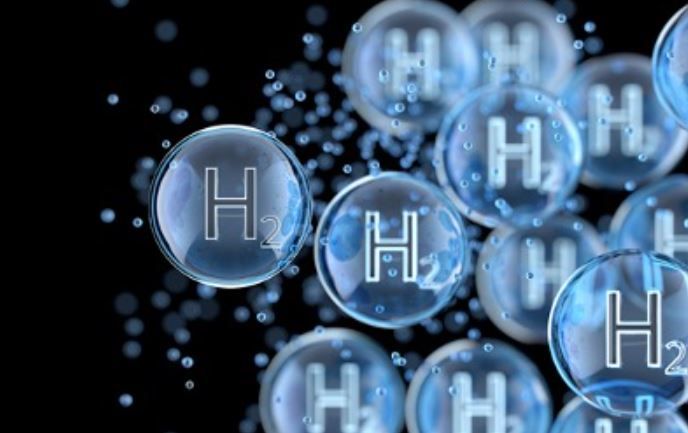Spain’s gas grid operator, Enagás, has announced the inclusion of two of its renewable hydrogen projects in the European Commission’s coveted list of Projects of Common Interest (PCI).
This recognition opens doors for accelerated permitting procedures and potential subsidies, marking a crucial step in Enagás’ transition from a natural gas grid operator to a key player in managing a network of hydrogen infrastructure.
Enagás envisions playing a pivotal role in the Spanish and European energy transition, aligning its objectives with the European and Spanish goals of achieving energy independence, fostering industrial competitiveness, and spearheading decarbonization efforts. The inclusion of its projects in the PCI list is seen as a strategic move to advance the objectives outlined in the RePowerEU Plan.
The spotlight of Enagás’ recognition falls on two prominent projects—the H2Med corridor and the planned hydrogen trunk network in Spain, complemented by two associated storage facilities. The H2Med corridor is a futuristic multibillion-euro “green” hydrogen pipeline that aims to connect the Iberian peninsula to France and extend further into Central Europe by 2030. These initiatives leverage advanced hydrogen production technologies, positioning hydrogen as a pivotal element in industrial decarbonization.
Inclusion in the PCI list elevates the status of Enagás’ projects, signifying their strategic importance in the European hydrogen ecosystem. The H2Med corridor, in particular, holds the potential to reshape hydrogen transportation across Europe, fostering international collaboration in the pursuit of sustainable and decarbonized industrial practices.
Enagás outlines a substantial investment, estimating around 4.6 billion euros (USD 5.04 billion) for the Spanish Hydrogen Backbone Network and its associated storage facilities. This underscores the financial commitment required to build a robust hydrogen infrastructure capable of driving the energy transition.





